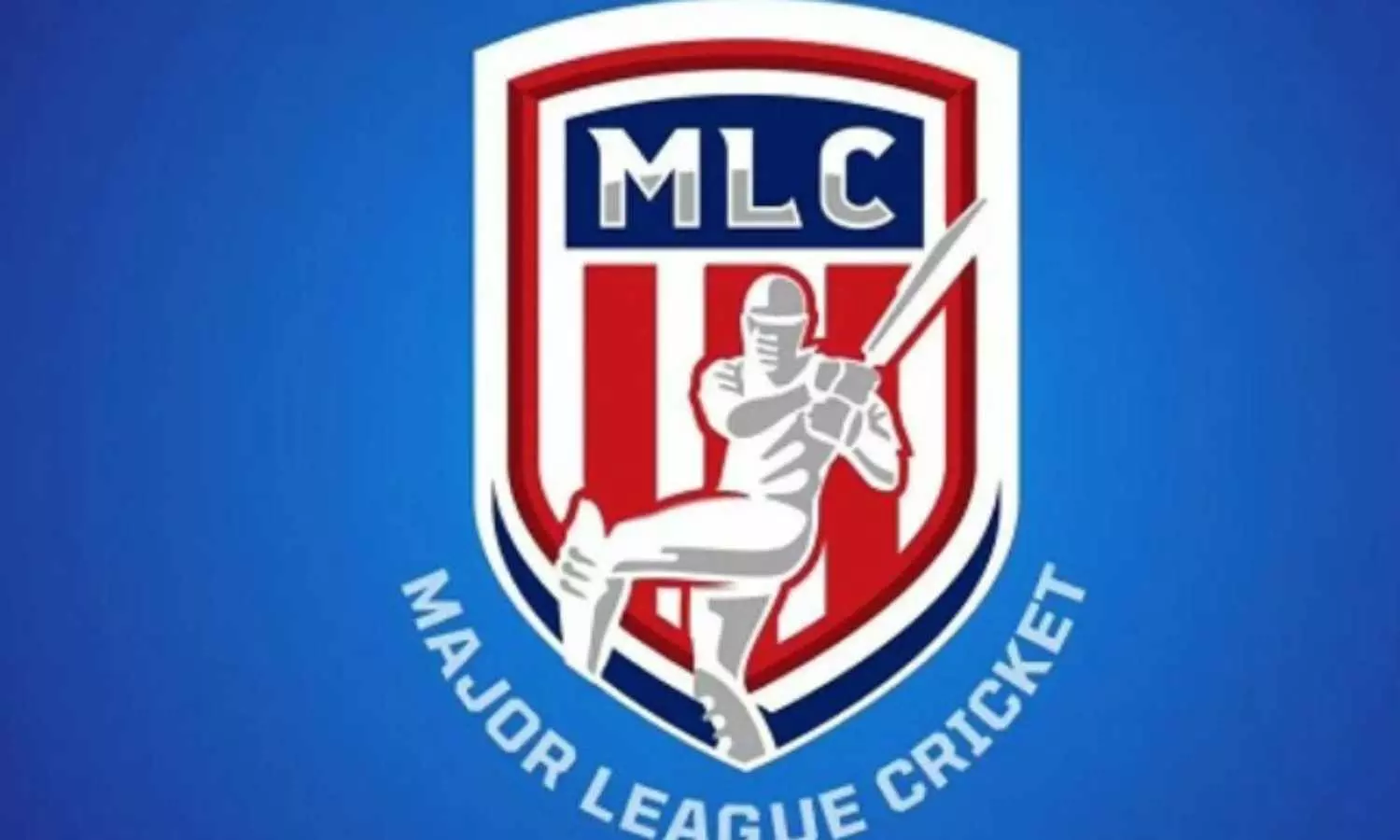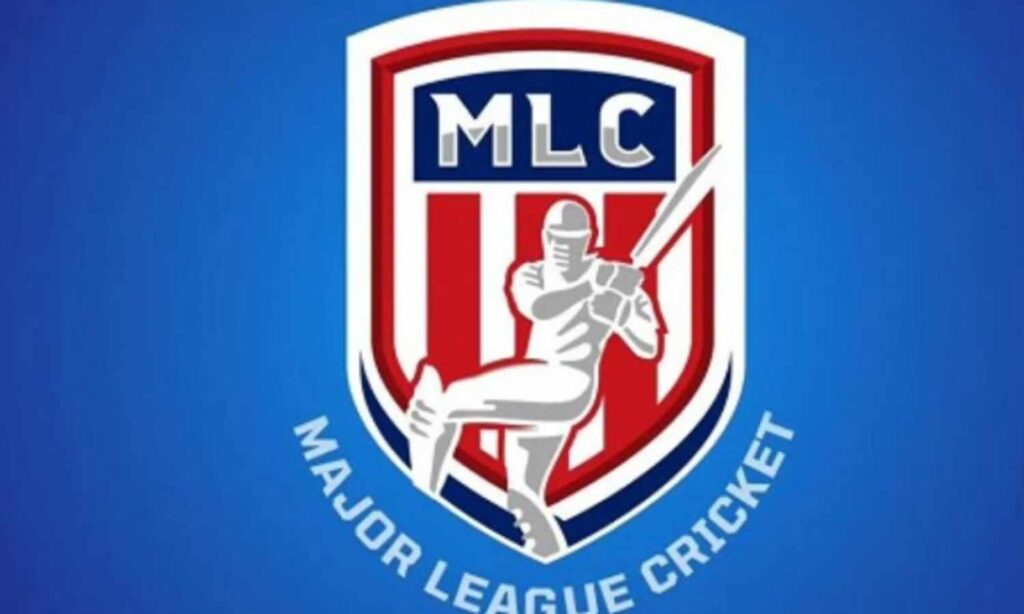
Cricket, referred to as a religion in countries like India, for decades has been struggling to get firm footing in the United States. With a multicultural population and conventional sporting infrastructure existing for football, basketball, and baseball, cricket has remained on the sidelines for decades.
That picture is slowly changing. The launch of Major League Cricket (MLC) in 2023 was a turning point — not just as another domestic league but as a genuine attempt to place cricket into the US sporting ecosystem.
MLC has taken its baby steps, backed by large investments and growing international interest. Yet, to move from niche league to global phenomenon, MLC should follow in the footsteps of its much more successful counterpart, the Indian Premier League (IPL).
The Humble Beginnings of MLC
MLC officially started in July 2023 with six franchises, the Texas Super Kings, Los Angeles Knight Riders, MI New York, Seattle Orcas, San Francisco Unicorns, and Washington Freedom. The USA Cricket-supported league, sponsored by American Cricket Enterprises (ACE), was launched to grow T20 cricket in the US through a professional domestic league.
The crowning jewel of MLC’s opening days was its ambitious players’ draft, during which both foreign stars and talented domestic players were scooped up. Kieron Pollard, Aaron Finch, and Sunil Narine gave the league international credibility. More importantly, the tournament offered a stage for young American cricketers to gain visibility and experience, just as the IPL has done for Indian talent.
However, MLC is still a small fish in a big pond. Cricket popularity in the US is largely confined to immigrant communities, and wide mainstream acceptance is lacking. The league must also deal with limited infrastructure, media attention, and competition from American sports giants. But there is optimism. Part of that optimism lies in following the blueprint for the success of the IPL. For in-depth coverage, expert analysis, and the latest updates on Major League Cricket and other developments in the sports betting world, go to GamblingNews.com.
IPL: A Blueprint of Success
The Indian Premier League, launched by the Board of Control for Cricket in India (BCCI) in 2008, transformed how cricket was consumed and commercialized. IPL was not the inaugural T20 league, yet it was the first to blend sport and entertainment so effectively on such a grand scale. It became one of the richest sports leagues in the world within a few years’ time.
India already has a gigantic fanbase, good domestic circuits like the Ranji Trophy, and a cricket-obsessed culture. It was fertile ground for the IPL to germinate instantly. Bollywood stars, business tycoons, and cricket legends owned teams, and a bit of glamour was added to it, drawing in non-cricket fans.
The BCCI’s savvy handling of media rights turned the IPL into a financial juggernaut. Lucrative TV deals brought in billions, with digital rights now playing an increasingly important role.
Young players like Jasprit Bumrah, Hardik Pandya, and Ruturaj Gaikwad used the IPL as a springboard to international cricket. The league attracted the world’s best players, raising the competitive standard and making each match globally relevant.
What MLC Can Learn from the IPL
While the MLC cannot just copy and paste the IPL’s model due to differences in contexts, there are several important things it can learn and strategically implement.
IPL’s success also has a lot to do with India’s strong domestic cricket setup. MLC must invest in youth academies, school-level tournaments, and college cricket in order to build a long-term talent pool. The league is important, but the broader goal must be to build a more robust cricket ecosystem at every level in the US.
IPL exists due to regional loyalty. Franchises are tied to places, and supporters develop emotional connections to their franchises. MLC must replicate this by emphasising city-based fan engagement and community work. Through free clinics, school visits, and local tournaments, this loyalty can be built.
Since there are over 4 million Indian-Americans in the US, MLC has an inbuilt cricket-following crowd. Engaging with this community through cultural festivals, Indian food, music, and Bollywood entertainment incorporation on match days can help recreate the carnival-like atmosphere of IPL games.
One of IPL’s biggest successes has been the commercialization of broadcast rights. MLC needs to seek negotiations with both streaming platforms and traditional broadcasters for long-term contracts, along with having its presence on YouTube, TikTok, and Instagram. Extensive availability of highlights, player stories, and behind-the-scenes content can generate hype.
Like the IPL, MLC must continue to attract international cricket stars. The likes of Andre Russell, Faf du Plessis, and Rashid Khan give the league credibility. Yet it also needs to work on developing homegrown stars that can be the face of American cricket — players who resonate with the fans not just on talent, but personality.
That said, the timing is right. The US was set to co-host the 2024 ICC Men’s T20 World Cup, and cricket is set to be part of the 2028 Los Angeles Olympics. These events can serve as catalysts to push MLC and the sport further into the American mainstream.
IPL was not an overnight success. It took vision, investment, cultural appropriateness, and pushy marketing. MLC is still in its early stages but has made some headway. With a strategy — grounded in local growth and international knowledge — Major League Cricket can carve out its own niche in the United States sports landscape.

